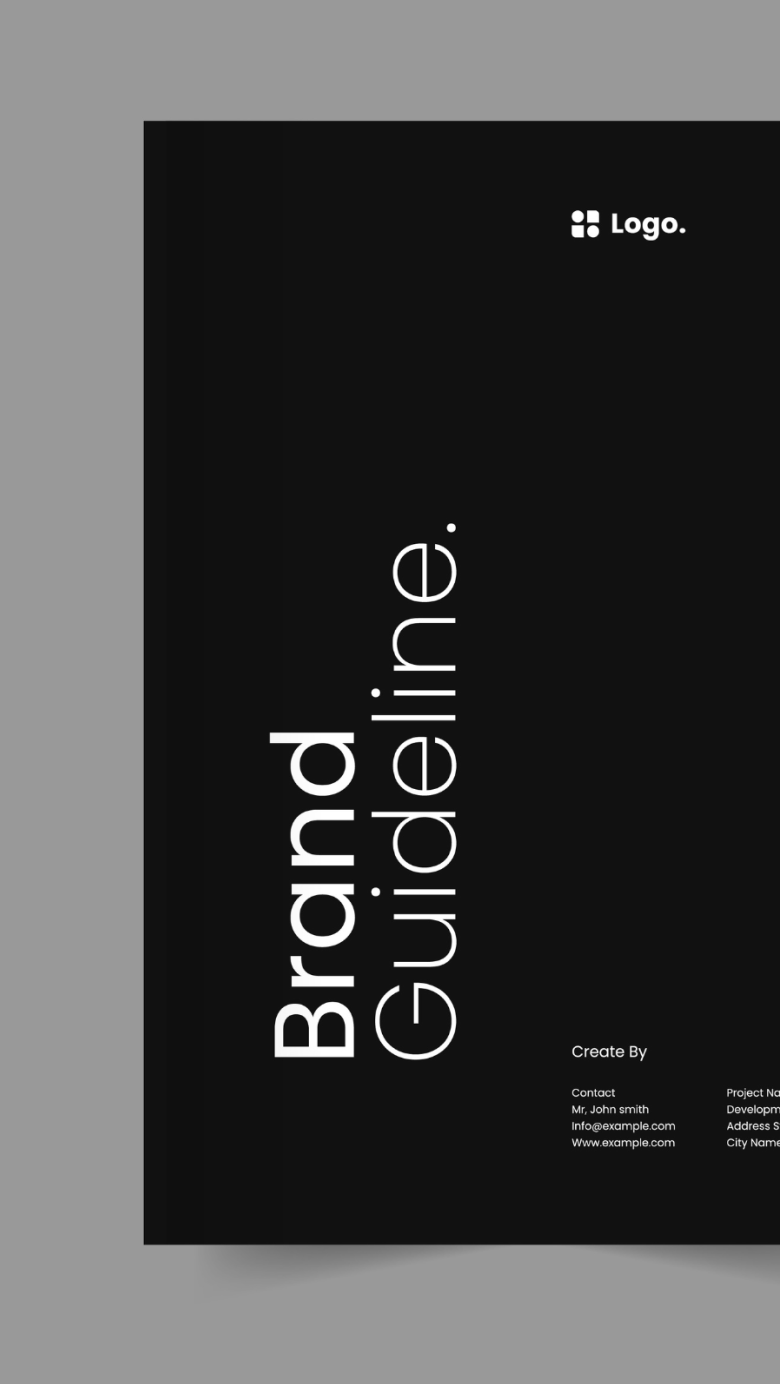INSIGHTS / BRAND & STRATEGY
THE IMPORTANCE OF BRAND MANAGEMENT
Uberbrand on 1/3/2024


“Brand Management is a powerful thing – just ask Greg from customer service”
A strong brand is about more than the products or services offered. The sum of a brand’s intangible elements can be what allows it to own the market.
A wonderful world
The purview of brand management is how the brand is perceived. When brands are successful, they speak to our emotions, allowing them to be perceived as more than simply a gym or yogurt company.
Think of any brand you really like, perhaps the people that make that reusable cup you’re sipping coffee from as you read this. What is it you like about the cup? Why have you bought reusable cups for all your family & friends for their birthdays since you got one?
Sure, you like the cups themselves. But it’s more about what the cup represents, communicated through the entire brand experience; that’s what really has you banging the drum of advocacy. It’s the pretty packaging it came in. The user-friendly website with a warm, memorable colour palette. It’s the customer service that replaced your cup when it broke within 24 hours after a quick, friendly chat with a guy called Greg. None of that’s accidental. That’s brand – in this case for a company following a customer-oriented approach. This amalgamation of experiential factors acts as a ladder leading to an ethos or a feeling, around which opinions can form. It’s your competitive edge, brand equity, the thing that customers will remember and tell tales about.
Doing the same dance
Brand management provides the framework that guides how an organisation behaves and presents itself. Greg knows that when he answers the phone at Reusable Cups HQ, he needs to have a certain tone. There’s a type of language he should use when addressing you and a protocol to follow. He sends you an email following your conversation that’s as gregarious as he is – by being friendly and colloquial he embodies the Reusable Cups values. Even his email signature reminds you of the warm colours of their store and the affable banter that Greg so seamlessly rattled off. It was seamless because of GOOD BRAND MANAGEMENT.
When the brand is strong, everyone rallies together to represent the company. This shared responsibility means more consistency and a deeper overall brand experience for consumers.
However, brand management doesn’t exclusively affect the people employed by the brand or the consumers buying into it. If you work with intermediaries like distributors or resellers, then it’s important they follow your brand guidelines as well when they represent your company.
Reusable Cups are doing well. So well in fact, you don’t even need to go to the website to buy one anymore. Every café worth their salt are selling them. But there’s a problem. Some café owners are making signs for the cups with an old logo. You’ve been telling all your friends how amazing this cup is, yet when they take one look at that logo they don’t get why you’re so excited. “They’re just cups!” they tell you. You feel upset. And Greg’s got his work cut out for him now! The brand promise has been broken by inconsistency. A warm, affable brand experience is unmatched by the sterile, cold logo.
This is the responsibility of brand management – consistency, promises kept. And it can mean the difference between gaining brand advocates and losing them.
Build the box to think outside it
Your brand is like a lattice to accommodate the vine of your company’s growth. As you grow, new opportunities will bloom. Perhaps you want to put a new product or service beneath your brand’s umbrella. With solid brand management, you’ll experience a smoother introduction of said product to market. Because your overarching brand is already trusted and liked thanks to Greg killing it on the telephone.
Then there’s creative. With a clear framework for HOW YOU COMMUNICATE, you can begin producing advertising and content that’s compelling, even boundary pushing, whilst never straying into irrelevance or obscurity. You could start expanding your network too, teaming up with influencers that fit within your brand’s aesthetic, key message and values.
The world is now your sleekly branded oyster.
—
Beyond all the aforementioned elements of brand management, there’s the symbiosis created by these elements as a whole. All the individual parts feed each other, resulting in the ecosystem of your brand. There’s a journey to be had for your company. And it starts with brand management.

When it comes to BRANDING, the ability to identify a business or product clearly, constantly and succinctly is the ultimate outcome. Getting there doesn’t begin with choosing a really great name. It’s a matter of laying down a solid foundation by focusing on brand.
However, if getting to a great name is the objective, here’s the process to follow.
Step 1: Define your brand
Defining your brand is the most important step you can take in the naming process. Not only does it provide inspiration for naming but a framework for all business activity. Great brands are created to help organisations to achieve the business objectives. Ultimately, they are what the organisation becomes known for.
Creating a brand starts with knowing your objectives. From this you can build a brand model that include the right attributes, personality and values that enable your business to reach your aspirations. The brand model informs your BRAND COMMUNICATIONS at every level – including nomenclature.
Step 2: Get brainstorming!
With a clearly defined brand you now have a solid starting point for naming. The different elements of the brand provide a framework for the types of words and names you could use.
When brainstorming its best not to have any restrictions. Let the ideas flow – then assess them against a clear set of criteria to get to your mid-list. Questions to ask yourself when deciding a mid-list include:
- Is it on-brand? i.e. does it reflect our purpose, personality and values?
- How appropriate is it for our industry?
- Will it be easy to pronounce?
- Can it be interpreted in any other way?
Once you have a mid-list it’s good to check your names against web domains and any IP databases you have access to. This will help reduce your names down to a shortlist.
Step 3: Get aligned!
With the name decided, it’s now time to ensure your organisation is able to deliver on your brand. Remember everything communicates – not just your name. Therefore, ensure every touch point is aligned to create a memorable BRAND EXPERIENCE.
By thinking beyond naming and taking the time to define your brand, you will give yourself the tools to create the right perceptions of your organisation. Remember, everything communicates. Your name plays a part in creating the right impression but brand encompasses it all.
Want to see how we created powerful brands? Check out our CASE STUDIES






































